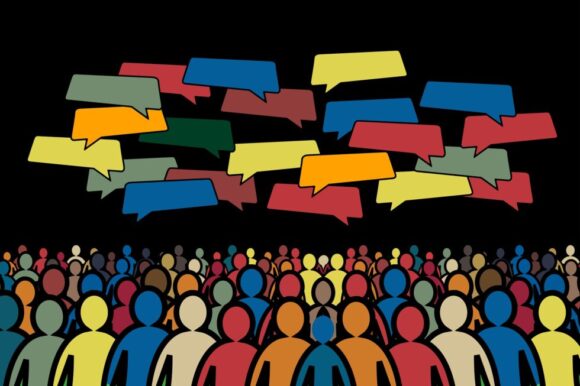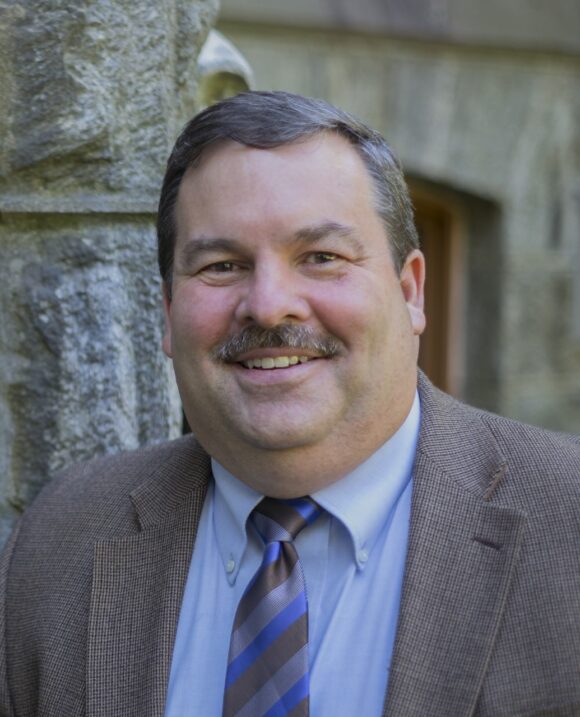 Health officials can’t rely on a one-size-fits-all message when it comes to communicating with the public about a forthcoming COVID-19 vaccine, says Professor William Hallman, an experimental psychologist who uses scientific research to explore human behavior.
Health officials can’t rely on a one-size-fits-all message when it comes to communicating with the public about a forthcoming COVID-19 vaccine, says Professor William Hallman, an experimental psychologist who uses scientific research to explore human behavior.
Many questions are circulating about a forthcoming vaccine for COVID-19. When will it be ready? How effective will it be? Who will be able to get it? Will it be safe?
Even though scientists are still working toward reliable answers, a Rutgers Global Health Institute core faculty member says that now is the time for health officials to plan how information will be communicated to the public once a COVID-19 vaccine is ready.
William Hallman, an experimental psychologist who uses scientific research to explore human behavior, says that public health leaders should be investigating the use of communication strategies and tactics that will contribute to vaccine uptake.
“For a COVID-19 vaccine to be embraced by the public, officials can’t rely on a one-size-fits-all message,” says Hallman, who is a professor and chair of the Department of Human Ecology in the School of Environmental and Biological Sciences. Throughout his nearly 40-year career, he has studied risk perception, decision-making, and health communication, and led projects related to the flu, SARS, and germs.
To help explain why communication matters, Hallman discusses the science behind it.
We know that research and science are critical for creating a vaccine. How can a similar approach help with public communication about a COVID-19 vaccine?
There’s a lot more to getting people to act than simply telling them the facts. A communication science approach would involve initial research—for example, looking at data from past vaccination rollouts, and conducting surveys or focus groups—to understand what people in different populations know, or think they know, and what they want to know about COVID-19 and vaccines.
Then, researchers could test different types of messages based on that information, collect and interpret the audience’s feedback, and design and target the COVID-19 vaccine communications accordingly. It won’t be perfect, but it’s a way to anticipate and to address the “Yeah, but what about…?” questions right from the start.
What can we learn from past vaccine rollouts?
For my past research on flu vaccine uptake, the context was a shortage of vaccines, which meant it was really important to encourage the most vulnerable people to get it first. However, we found that many at-risk people avoided getting the flu vaccine. Some older adults didn’t get vaccinated because they wanted it to go to younger people, something like a “looking out for the next generation” mentality. Others did not think they were considered at risk and thought the available vaccines should go to more vulnerable people. In other cases, those who were not particularly at risk for the consequences of the flu were the first in line to get the vaccine.
Even though there are different dynamics now, we can look at what worked and what didn’t, and use that data to test messages in advance about the COVID-19 vaccine. We need to understand the reasoning behind people’s decisions to act a certain way, and we need to start with their beliefs, not ours.
Mask wearing has been a controversial topic throughout the pandemic. Should we expect to see similar debates with a COVID-19 vaccine rollout?
Yes and no. We can expect anti-vaccination sentiment, some of which will be rooted in people’s partisan ideologies. But vaccine hesitancy is another factor, and the reasons why a person may not want to get vaccinated can run the gamut. For example, someone who has been working in a supermarket may believe he or she is already immune, whereas a pregnant woman may be concerned about the risk to her unborn child. Others may not trust the science or, perhaps, the approval process to determine the safety and efficacy of the vaccine. People with different starting points require different messages.
COVID-19 is disproportionately affecting Black and Latino populations. There may be virological factors that aren’t yet understood, but social determinants of health also play a role. For example, Blacks and Latinos are more likely to work in jobs that can’t be done remotely, live in crowded conditions, rely on public transportation, and have inadequate access to health care. How can we begin to address such disparities through a communication science approach?
Clearly, there is a need to address the systemic economic, social, and racial issues that lead to disparities in health outcomes overall, not just those related to COVID-19. Those won’t magically go away after the threat of the virus subsides. In the meantime, it is important that messages designed to help people in these communities respond to the pandemic reflect their current lived experiences.
Too many times, well-meaning public health experts simply lecture people, thinking that they already know what is best for them. Many never take the time to ask, “What is important to you, and what do you want to know that would be particularly helpful to you?” Yet, we need to provide people with advice that is both effective and realistic, and to give them the means to follow that advice. Communication experts, public health officials, and political leaders must work with people from these communities to understand their challenges and to find and provide workable solutions. It takes all of these perspectives to be effective.
Editor’s Note: this article by Lori Riley originally appeared on Rutgers Global Health Institute website.


